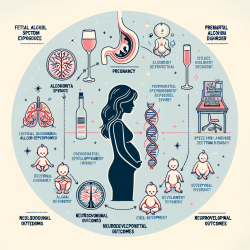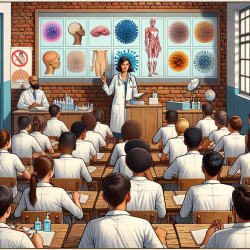Key Findings
The research compared three methods of contralateral acoustic stimulus (CAS):
- Method I: 2 seconds on-off white noise
- Method II: 10 seconds on-off white noise
- Method III: Continuous white noise
The study found that Method III, which used continuous white noise, had the highest reliability and absolute suppression amplitude (ASA). This was consistent across both children and adults.
Implications for Practice
For practitioners, these findings suggest that using continuous CAS is the most reliable method for measuring contralateral suppression of TEOAEs. This method not only provides higher reliability but also ensures that the ASA is less influenced by extraneous factors, making it a robust choice for clinical setups.
Recommendations
- Implement continuous CAS (Method III) in clinical settings for measuring contralateral suppression of TEOAEs.
- Use global amplitude measurements for initial assessments due to their high reliability.
- Incorporate passive visual tasks during measurements to minimize cognitive load and enhance ASA.
Encouraging Further Research
While the study provides a solid foundation, further research is needed to explore the application of these findings in children with auditory processing disorders and other clinical populations. Understanding how these methods perform in varied clinical conditions will help in refining therapeutic approaches and improving outcomes for children.
To read the original research paper, please follow this link: Reliability of Absolute Suppression Amplitude of Transient Evoked Otoacoustic Emissions for Global and Half-Octave Frequency Bands in Children and Adults.










